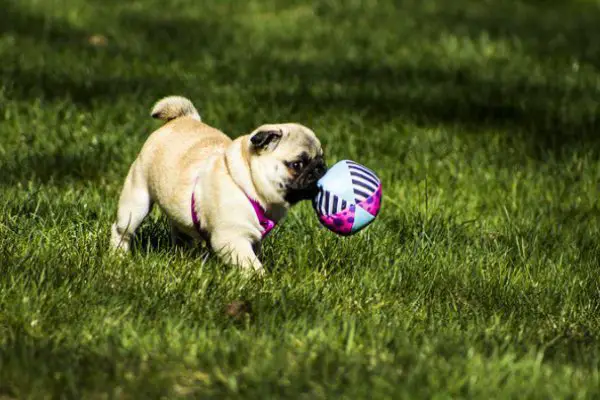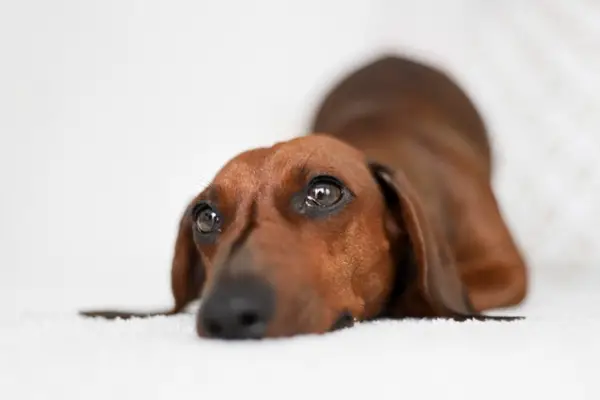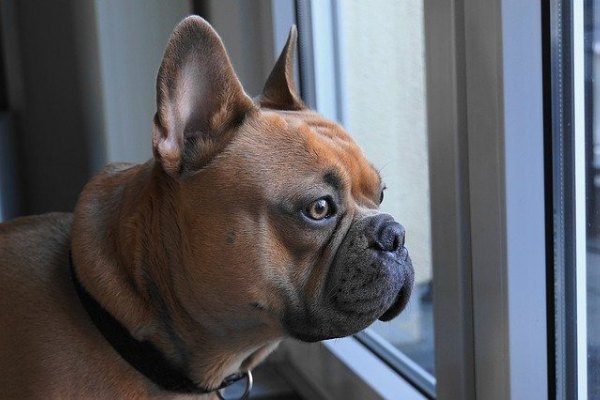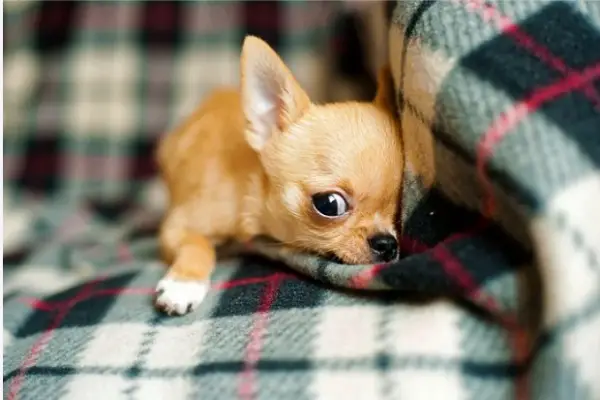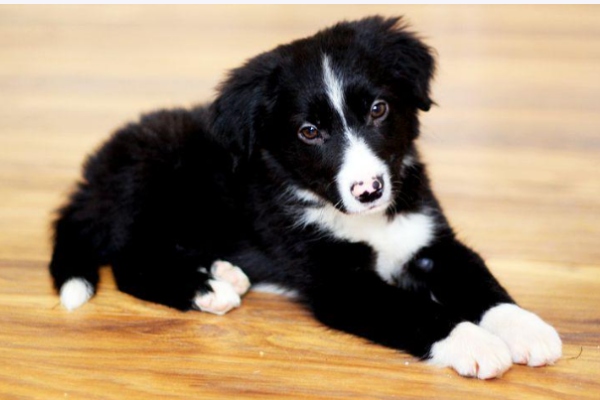Can Pugs Be Left Alone (12 Ways To Help Them Stay Alone)
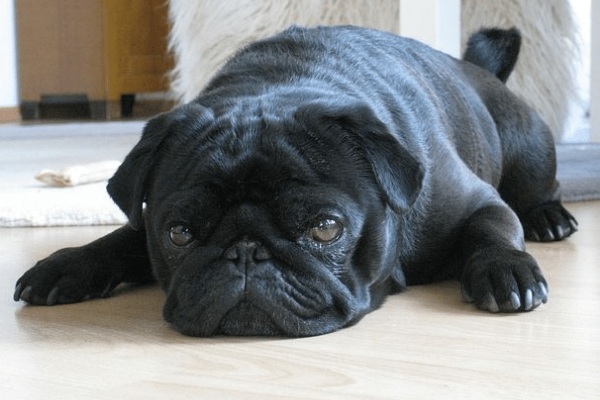
Most small breeds of dogs can be left alone for a given period of time, so can pugs be left alone? Let’s find out together!
We’re going to talk about the risks of leaving your pug alone at home for a lengthy period of time.
We’ll also go through some of the most common methods you can assist your pug to be happy when alone at home, which is sometimes easier said than done.
Can Pugs Be Left Alone
Pugs can be left alone for up to 5 hours at a time, but because they were bred to be human companions, they are prone to separation anxiety and want human interaction, so leaving them alone for a lengthy amount of time is never a good idea.
Pug puppies under the age of 8 months should not be left alone for more than 2 to 3 hours at a time.
Pugs may acquire hostility as a result of being left alone for an extended period of time.
Dangers of leaving pugs alone at home
Leaving a pug alone at home for an extended period of time can lead to a variety of problems, including:
1. Development of separation anxiety
Because pugs were created to be human companions rather than stand-alone security dogs, they are prone to separation anxiety.
If your pug is left alone for lengthy periods of time with little stimulation, separation anxiety can become worse.
Separation anxiety may take many forms, including biting, nipping, chewing, barking, hostility, and peeing in unusual places.
2. Development of destructive behavior
Puppy pugs chew at all ages, but their owners have complete control over what they chew and why.
Chewing for pug can assist with tension, boredom, and moderate anxiety, but it comes at the cost of your belongings, which is often the result of being left alone.
Keep an eye on your pug’s stress level, and if they start chewing on items that aren’t meant to be chewed, give them chew toys.
3. Development of barking behavior
One of the negative outcomes of keeping your pug at home for an extended period of time is boredom barking.
Pug aggression has two forms: barking and biting, both of which are driven by frustration.
It may take some time for some pugs to acclimate to being alone. This is especially true if it is their first time being alone for a lengthy period of time.
It might be frustrating for them to be unaware of how to deal with this new scenario.
If they don’t have anything better to do with their time, they may begin to bark excessively, irritating their neighbors.
4. Development of growling behavior
Pugs use growling as a means of communication since they can’t tell you whether they’re scared or depressed from being alone for too long using words.
In an unfamiliar setting, growling is a normal way for your pug to express worry or fear.
If your happy pug starts growling more frequently than normal, don’t ignore him; discover out what’s wrong and fix it as quickly as possible.
5. Frequent Potty accidents
One thing that may contribute to your pug’s frequent house disasters is leaving him alone at home for a lengthy period of time.
When you leave your pug at home for a long time, he or she is almost certain to make a mistake out of irritation or anxiousness, both of which may be avoided.
If you leave your pug alone for too long, you may see him peeing and pooping in unexpected places.
How to train a pug stay alone
Here are some common methods for teaching your pug to stay at home while you are away:
1. Proper crate training sessions
If you know you won’t be able to care for your pug all of the time, or if you shouldn’t acquire a pug in the first place, crate training is essential.
Crate training teaches your pug how to respect limits and when he should be left alone.
Your pug will struggle to acclimatize to being alone if he hasn’t been crate trained.
Teach your pug to see the crate as a secure sanctuary and a comfortable place to rest.
Also, make sure your pug has somewhere to go potty.
2. Provide a safe and calming spot
Every dog feels safe in its own habitat, which is why even the most socialized dogs would refuse to let other people or pets into their homes or bed.
Establish a reference point where your dog associates the environment as tranquil and nice to help him cope with separation anxiety.
Ensure that the dog gets everything he requires at the reference site, such as a chew toy or calming music so that he can quickly know it as a safe location.
You can join your dog in the area on occasion, but you should never force the dog out of his safe location; instead, let the dog come out on its own terms.
3. Provide a second pet
Dogs are herd animals who thrive when they are surrounded by other family members.
Most dogs are prone to separation anxiety since they were deliberately created to be a human companion and rely mainly on human company.
If you aren’t always accessible, getting a companion pet as soon as possible is one of the finest, if not the best, strategies to help your dog deal with separation anxiety.
If you have a companion animal, your dog will be less likely to suffer from separation anxiety.
Invest in a companion pet for your dog to avoid separation anxiety. Your dog will always have someone to play with if you get another pet or dog.
4. Train them to use treats dispenser
This is a terrific way to keep your dog interested while you’re away; dogs enjoy treats and food, which you can use to keep them entertained.
Remember that giving your dog too many treats might jeopardize his or her health.
As a result, moderation is critical; you can program the dispenser to deliver incentives to your dog over a certain length of time.
Start the reward dispenser training when you’re at home so that the goodies will fall when you leave your dog and sit.
For a while, one reward at a time will keep him engaged. You and your dog can try out several times to find which works best for you.
5. Exercise your pug before leaving
Take your pug for a five-minute stroll or play fetch with him before leaving the house to burn off some of his pent-up energy.
This stroll will allow your pug to relieve himself while also providing you and your dog with some quality time before you go.
It’s crucial to play with your dog before you leave the majority of the time so that you can burn off some of its energy.
When pugs become tired of playing, they go asleep, which might help you pass the time while you’re away.
6. Add more engaging and interactive toys
When you receive a new pug puppy, try to get as many play toys as you can so the puppy has a favorite toy.
Once the pug puppy has made their pick, remove the other toys.
Put the pug in his cage or living space when you’re busy, introduce the toys, and go about your business.
After you’ve finished, take the pug outside and play with it.
This educates your pug to keep himself occupied with his toys when you’re not around.
7. Provide a clear window view
To keep your pug engaged while you are away, provide them with a clean window view of the outside world.
Teach your pug to sit or lie down near a clear window to see what’s going on outside.
Make sure the window is high enough for your pug to view the birds or a fast road.
To avoid unwanted barking, make sure your pug is properly socialized with a variety of things he can view via a clear window.
8. Leave TV or radio on
For most pugs, leaving the television on provides both human background noise and something to gaze at.
While you’re away, make sure your pug has plenty of fascinating and exciting toys.
Give your pug a Kong filled with peanut butter if he or she is still a puppy.
Your pug will be more concerned about receiving the peanut butter than about you leaving since leaving a Kong can help with separation anxiety.
While interactive electronic toys will keep your pug occupied while you’re away, you’ll have to educate him not to trash them.
9. Talk to your family member
You may always enlist the assistance of relatives or friends to look after your pug while you’re gone.
Another approach to break up the day and reduce the amount of time your pug spends alone in a row is to use this strategy.
Make a request for someone you can trust to spend time with your dog.
Your pug will be happy because of the companionship and the potty break.
10. Hire a dog sitter
You can hire a dog sitter or a dog walker if no one else is available to spend time with your dog.
Depending on the state, a pet sitter might cost anywhere from $25 to $35 per day.
You might also haggle with the pet sitter to get a better deal.
You may leave your pug with a pet sitter and come back later.
12. Invest in pet cameras
When you can use technology to keep in touch with your pug while you’re away from home, it’s amazing, and you can do so with a pet camera like Furbo, which you can acquire on Chewy or Amazon.
No matter where you are, you’ll be able to interact with him with only two clicks.
This pet cam might potentially help you break up your day’s boredom. You have complete freedom to connect with him, including feeding him!


